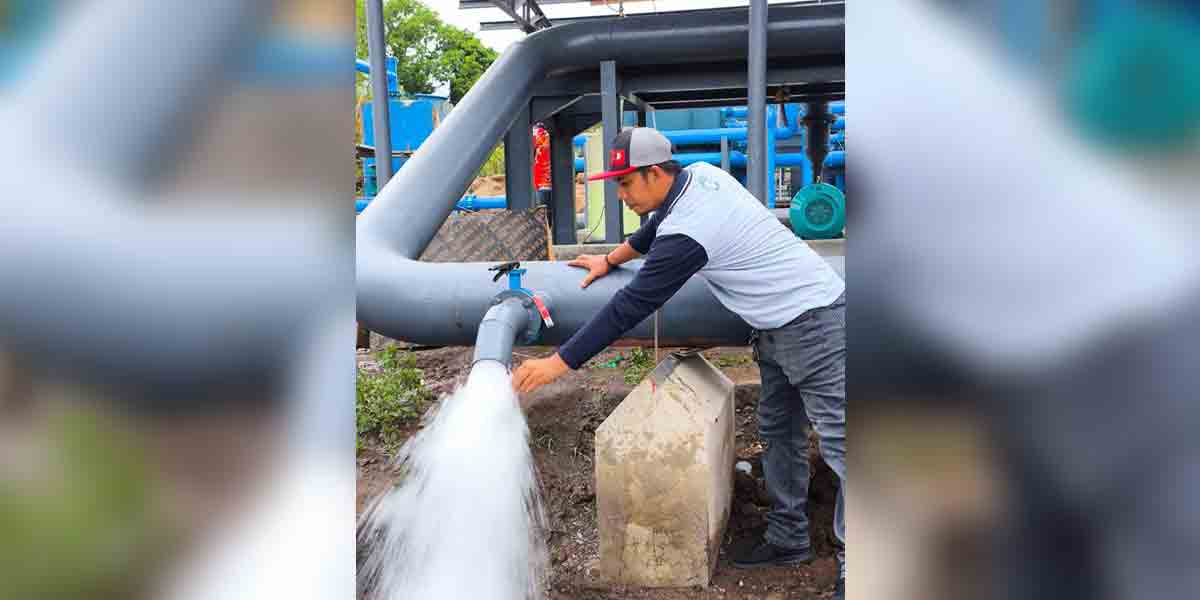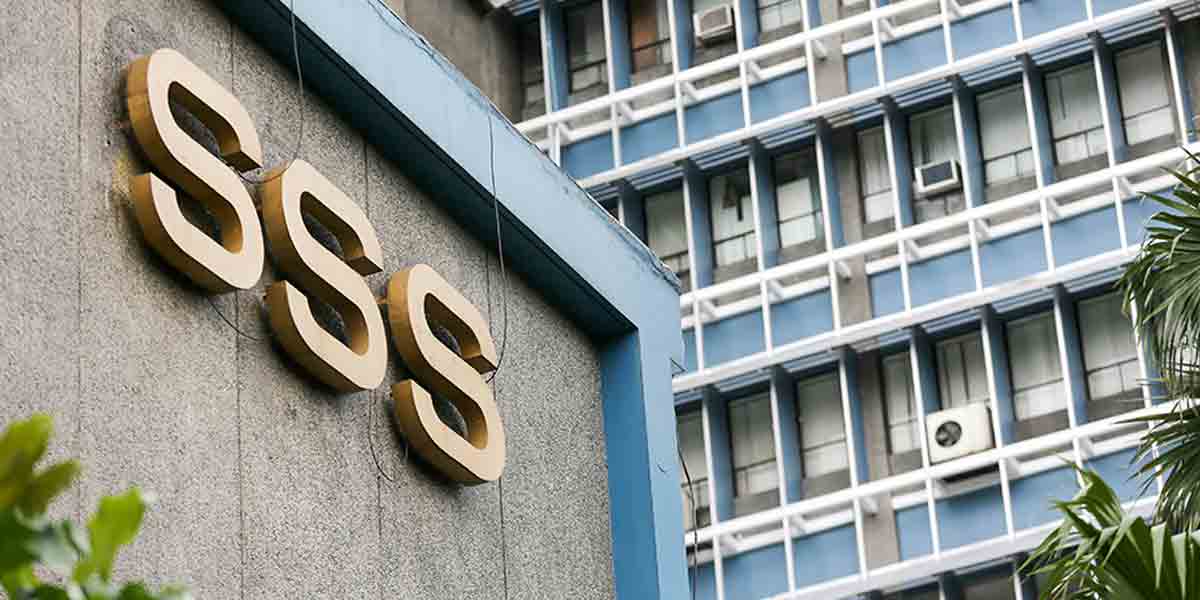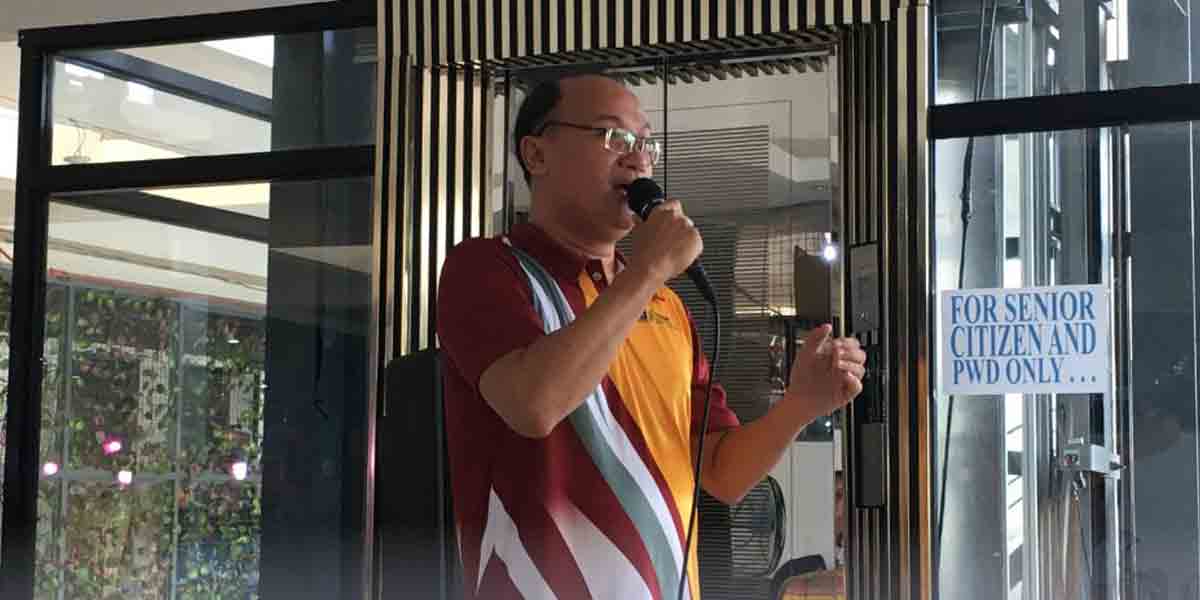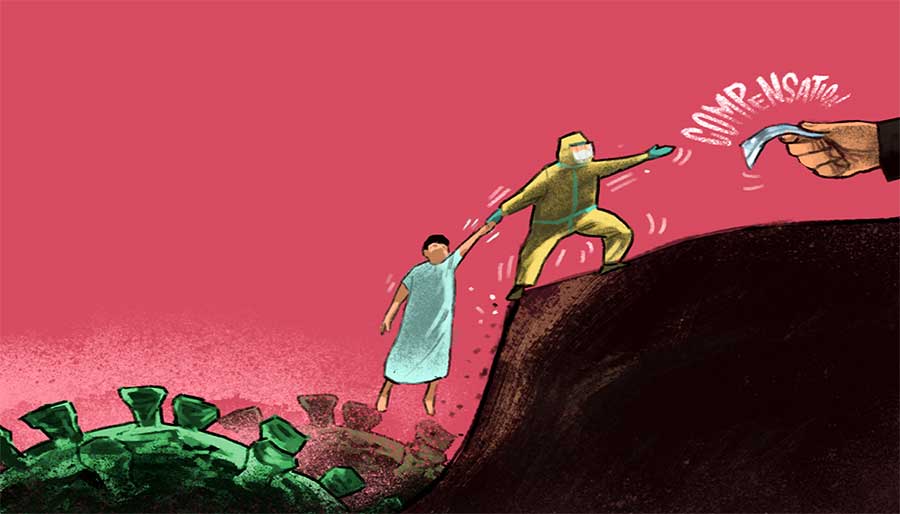
By Joseph Bernard A. Marzan for the Philippine Center for Investigative Journalism
Gerry* has been working for at least five years as a delivery room nurse under a “contract of service” (COS) agreement, renewed every year, at the Jesus M. Colmenares Memorial District Hospital in Balasan town in Iloilo. He has been applying for a plantilla or regular position at the hospital, but without success.
He doesn’t have security of tenure. He is not entitled to emergency, vacation, and sick leaves. During the pandemic, the “no work, no pay” rule for contractual workers left him vulnerable. What happens if he is exposed to patients with coronavirus disease and needs to be quarantined or, worse, contracts the disease himself and requires hospitalization?
Gerry has always suspected that lack of political connections was the reason for his repeated failure to secure regular employment. “Permanent positions take a long time to open, and vacancies only open when someone resigns. If there is a vacant position, I do try [to apply]. But in one position there are five of us who apply. So, the system there is that whoever has a politician-backer can get the position,” he said.
Alma Ravena, officer at the Provincial Human Resources Management and Development Office (PHRMDO), dismissed allegations of political patronage, but acknowledged that the perception had “always been there.”
“We never heard any local chief executive tell us, ‘Don’t renew [their contracts] because I will replace them with my people.’ None. Not true,” said Ravena, who until recently was OIC of the PHRMDO.
In the country’s devolved healthcare system, provincial governors are the appointing authorities. When a vacancy arises, they choose among five applicants submitted by the Human Resource Merit Promotion and Selection Board, the promotion body.
Contract of service and job order workers — provided they meet eligibility requirements based on civil service laws and rules — are supposed to be the priority when there are vacancies in government offices.
“There is an assessment of their (contract of service workers’) performance, but well, the appointing authority is a politician,” said Ravena. “Whatever is his basis, he is the one appointing, and that is beyond my power. So right now, I’m talking about 2021, that perception, it’s always been there. It will not go away.”
Maristela Abenojar, president of Filipino Nurses United, a nationwide nurses group campaigning for reforms, said the coronavirus pandemic exposed the vulnerabilities of healthcare workers in the Philippines.
The contractual workers have always had it worse, she said. “‘Yung mga contractual na ‘yan, umaabot sila ng years. ‘Yung iba nagre-retire sila na contractual pa rin, which is wrong. Kaya nga sinabing contractual, dapat short period lang (These contractual workers remain contractual for years. Some workers remained contractual until they retired, which is wrong. They should only serve for a short period),” Abenojar said.
During the pandemic, hospitals relied on contractual healthcare workers to augment their workforce but they were not given sufficient benefits and protection from the risks they faced every day at work.
“Ang epekto ng pandemya ay matinding krisis sa ekonomiya. Mas lalo ‘yan sa mga contractual kasi walang security of tenure. Hindi mo alam hanggang kailan ka may trabaho. Pwede ka pag-initan. Sila ang biktima ng policies (The effect of the pandemic is a huge economic crisis. The impact on contractual workers is bigger because they have no security of tenure. You don’t know until when you will have a job. The higher-ups might pick on you. Contractual workers are the victims of policies),” Abenojar said.
Relying on contractual workers
Documents obtained from freedom of information (FOI) requests to the Iloilo Provincial Hospital Management Office showed that the number of contract of service employees hired since the pandemic began rose by a third.
From 979 in 2019, the provincial government hired a total of 1,096 contractual health workers in 2020. In the first five months of 2021, the province hired 1,113 personnel for provincial and district hospitals.
As of Aug. 9, 2021, when this reporter interviewed Paz Calopiz, OIC of the hospital management office, the province has employed 1,302 contract-of-service workers.
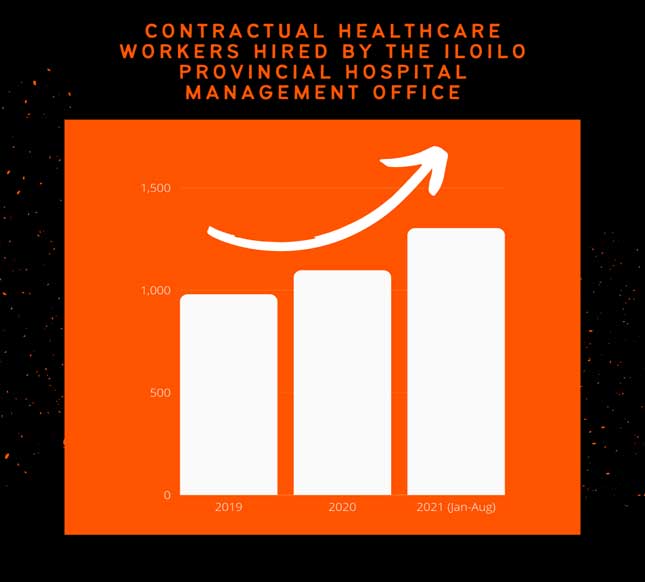
Calopiz said the province usually hired contract-of-service workers because of licensing requirements of the Department of Health (DOH). Since 2020, additional hiring was due to the surge in Covid-19 cases.
The province hired those who had passed the board exams as well as those who had previously volunteered in provincial hospitals, she said.
Apart from the Colmenares district hospital, the provincial office oversees 13 hospitals:
- Iloilo Provincial Hospital (Pototan);
- Aleosan District Hospital (Alimodian);
- Governor Niel D. Tupas Sr. District Hospital (Barotac Viejo);
- Don Valerio Palmares Sr. Memorial District Hospital (Passi City);
- Ricardo S. Provido Memorial District Hospital (Calinog);
- Ricardo Y. Ladrido Memorial District Hospital (Lambunao);
- Federico Roman Tirador Sr. Memorial District Hospital (Janiuay);
- Jesus M. Colmenares Memorial District Hospital (Balasan)
- Ramon D. Duremdes District Hospital (Dumangas);
- Ramon Tabiana Memorial District Hospital (Cabatuan);
- Pedro G. Trono Memorial District Hospital (Guimbal);
- Sara District Hospital (Sara); and
- San Joaquin Mother and Child Hospital (San Joaquin).
Gerry remembered how, at the pandemic’s onset, they scrambled to manage Covid-19 patients because there were no guidelines. It took time to organize hospital processes.
The hospital he works in increased its bed capacity from 25 to 73, as it catered to at least 80 Covid and non-Covid patients each day. Most of them were pregnant women; the hospital recorded at least six births per day.
“In the beginning it was very difficult because there was no fixed screening flow for patients and there weren’t enough guidelines. But right now it’s been organized, with a straight process from screening to admissions. But you would get annoyed with screening because the patients and their companions sometimes aren’t really honest with information,” he said.
Patients’ hesitation to disclose their medical history increase the risks faced by health workers, he said.
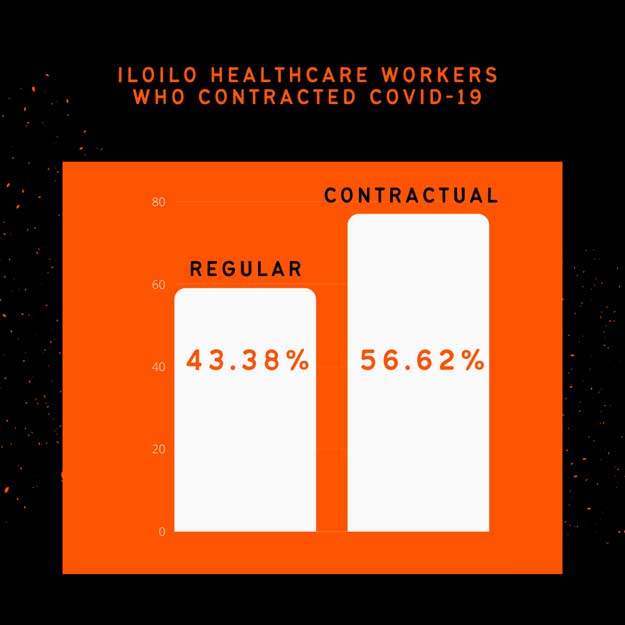
In Iloilo province, up to 136 staff have contracted Covid-19 as of May 31, 2021, based on data from the hospital management office.
Out of this number, up to 77 staff members or 56.6% were either contract-of-service or job-order personnel.
The Philippine Center for Investigative Journalism (PCIJ) requested an interview with Colmenares district hospital chief Dr. Eduardo M. Diaz, but he has yet to respond as of this writing.
A request was also sent to Gov. Arthur Defensor, but his office kept on pointing to the hospital management office.
‘Gray area’
In the hospital where Gerry works, contractual healthcare workers were told that they could not avail themselves of additional compensation if they contracted Covid-19 outside hospital premises.
When health workers are forced to quarantine — either because of Covid-19 infection or because they’re close contacts of patients — they find it hard to complete the required 176 hours of services a month.
On top of the “no-work-no-pay” rule imposed on contract-of-service and job-order employees at all levels of government, contractual workers cannot be paid for days spent in quarantine.
For Abenojar, hospitals cannot claim that health workers infected with Covid-19 got the disease outside hospital premises. This amounted to “victim blaming,” she said.
Her group Filipino Nurses United fought for compensation for members who had contracted Covid-19 and encouraged other health workers to oppose the no-pay rule.
Contractual healthcare workers hesitate to complain, however. Abenojar said one member’s contract was terminated recently, possibly because of her involvement in their advocacies.
Gerry and his colleagues did approach their supervisors to question the protocols. The instructions, they were told, came from the provincial government. But no documents were shown to them.
“What they said was that it came from the capitol, but they weren’t able to show any memo. Even in other announcements, they would just tell you it was based on the memo, but when you ask them for a copy they couldn’t show anything,” he said.
Gerry said Covid-19 Advisory No. 10, containing guidelines for plantilla or regular positions, was issued by Calopiz’s predecessor, lawyer Cynthia Cabangal-Ng.
It covered rules for Covid-19 tests for regular employees, as well as how they could avail themselves of sick leave if they contracted the disease without reducing their sick leave credits.
Calopiz confirmed that contractual workers get no compensation if they contract Covid-19 outside of work. She pointed to rules issued by the Inter-Agency Task Force for the Management of Emerging Infectious Diseases, but did not specify which ones.
Ravena of the provincial human resources office defended the protocol. She said contractual workers were not considered government workers. She described the compensation of contract-of-service workers as a “gray area.”
In the case of regular employees who could not report for work during the first Enhanced Community Quarantine (ECQ) in 2020, absences were charged against their leave credits.
Provincial officials however had to sit down over what should be done with contract-of-service and job-order workers who couldn’t serve duty hours.
As a compromise, officials adjusted the shifts of contractual workers who were absent due to Covid-19-related reasons to keep the number of hours required by their contracts.
“Instead of your [eight-hour] shift, make [it] 12 [hours] … [They have to] adjust the shifting, so that even if they are quarantined, if they have completed their services for the required number of hours per contract, they will get paid,” Ravena explained.
Ravena cited the example of the regional hospital, the Western Visayas Medical Center in Iloilo City, where staff rendered a whole week of duty followed by an entire week off.
No money for salary hikes
The provincial government did raise the salary rates of all entry-level nurses – both regular and contractual – from Salary Grade 11 to Salary Grade 15.
However, Iloilo still follows the 2019 rates or before increases took effect in 2020 and 2021.
The daily rate is P1,146.91 for 22 days or a total of P25,232.02, up from P15,000.
It’s worse in other places, said Abenojar, where entry-level nurses were still given Salary Grade 11 rates.
Under 2021 rates, entry-level salaries should have increased to P33,375, or a daily rate of P1,517.04 for 22 days of work.
Recent provincial job postings calling for nurses under contract of service showed that the daily salary was still at P1,146.90.
The Iloilo provincial government does not have the money to pay the 2021 rates, Ravena said.
Rates are standard across all hospitals under the provincial government, and increases require approval of the human resources and hospital management offices. The compensation scheme takes into consideration the approved budget of the provincial government for the calendar year, she said.
“The provincial government cannot do it if we adjust to the current [salary rates], because did you know that our nurses alone are up to 800 plus? The budget cannot cover that. When they started, we didn’t align their salaries with the current [rates] because there were also salary increases in the government,” Ravena said.
Delayed special pay
Hospital workers, including contract-of-service workers, were also entitled to active hazard pay of P3,000.00 and a special risk allowance (SRA) of P5,000.00 respectively, under Administrative Orders 35 and 36, series of 2020, issued by President Rodrigo Duterte in line with the provisions of Republic Act 11494 or the “Bayanihan to Recover as One Act.”
The expiration of a memorandum of agreement between the DOH regional office and the provincial government on Dec. 31, 2020 delayed the release of the checks in January, Ravena said.
Calopiz said the checks were at the Provincial Accounting Office and ready for release to the hospitals, but did not disclose how much her hospital nor the other Iloilo hospitals would receive.
Calopiz however clarified that only to those who had directly tended to confirmed Covid-19 patients were entitled to the SRA.
Gerry said he received his hazard pay of P9,000, but not the SRA.
Abenojar said many contractual workers had yet to receive their hazard pay.
An FOI request to explain these allowances was sent to the DOH Western Visayas Center for Health Development, but its chief, Dr. Adriano Suba-an, referred the PCIJ back to the provincial hospital management office.
Both offices have yet to respond to queries on how many contract-of-service employees were entitled to receive these special allowances and how much money was allocated to the 13 hospitals in Iloilo.
Other discrepancies
The Commission on Audit (COA) in its 2020 Annual Audit Report observed that in some instances, contract-of-service workers with the same job titles and duties got different salaries.
For example, one medical specialist in anesthesiology at the Federico Roman Tirador Sr. Memorial District Hospital was paid a monthly rate of P43,439.00. This was lower than those of five others who had the same job titles and descriptions at the Dr. Ricardo Y. Ladrido Memorial Hospital, Sara District Hospital, and Ramon D. Duremdes District Hospital, who were all paid a monthly rate of P51,826.00.
Also, three radiologic technologists at the Ladrido hospital were paid a monthly rate of P16,512.00, compared with eight others in the same hospital who received P19,077.00 per month.
The audit report cited a previous audit observation memorandum that found that wage rates depended on the discretion of department heads instead of the human resources office.
In response, Defensor signed Executive Order 37 series of 2020. Adopted on Feb. 4, 2021, the order reclassified outsourced workers as contract of service, job order or job order support service, and assigned them wage rates comparable with those of hospital plantilla positions.
But the COA said there was still no uniform wage rates for contract of service workers.
The provincial government’s response to the audit memo, as stated in the COA report, was that Defensor’s order updated the guidelines in contracting services. In addition, compensation was based on deliverables comparable with those in hospital plantilla positions, it said. It drew a matrix to standardize the daily rates paid to all contract-of-service workers.
The COA told the provincial health management office to revisit the guidelines to ensure uniform wage rates and staffing designations of contract-of-service workers performing more or less the same functions.
Hospitals as businesses
Ravena said hospitals needed more nurses but could not hire more for plantilla positions because of financial constraints. “Do you know why we cannot add to the plantilla items? Because our hospitals are operated as economic enterprises,” she said.
“For now, the real challenge [is] we are getting short of nurses. Maybe it’s because the opportunities for nurses have been exhausted, and even if there are nurses, there are professional nurses [who] are still in the other fields of work, and [who] are also afraid of Covid, because it is a risk,” she said.
“Then, if you are a contractual [worker], you wouldn’t get anything should anything happen to you,” she added.
Ravena said hospital revenues were just enough to cover the salaries of plantilla employees.
Based on the audit report, revenue from hospital fees in Iloilo’s 13 provincial hospitals for 2020 reached P536.9 million, not enough to cover the annual budget and a deficit of P242 million.
The hospital income for 2020 was actually higher than that of 2019 (P395.7 million), but this was also overshadowed by the total deficit of P342.3 million.
“Right now, the health-seeking behavior of the people has fallen. Of course, they wouldn’t go to the hospital, especially because of Covid. [When you have] fewer patients because they’re scared, then your hospital’s income is also affected,” Ravena said.
Abenojar said the explanation was unacceptable. “Ako, ayaw kong tanggapin ‘yang funding issue kasi, for example, five years ka na na contractual, hindi pa rin ba nila magawan ng paraan ‘yan? Every year ang planning (I don’t want to accept the funding issue. They’ve had contractual workers for five years, couldn’t they do something about that? To do planning every year),” she said.
It’s no wonder that Filipino nurses prefer to work abroad, she said.
“Ang mga nurses talagang lalabas sila ng bansa, ang ino-offer sa kanila two years contract or three years contract. Samantalang dito offer mo three months (Nurses will really go out of the country because the offer is a contract for two or three years. Here, it’s three months),” she said.
*The identity of the contractual healthcare worker was withheld to protect the interviewee




